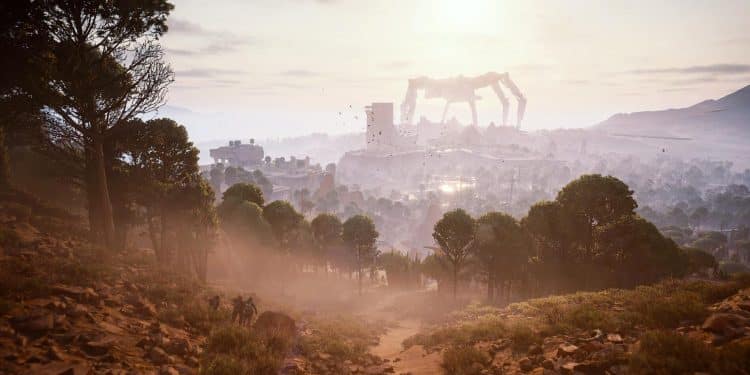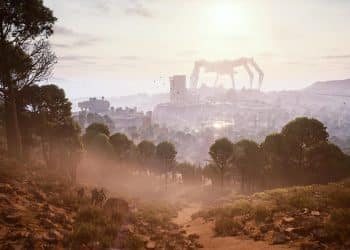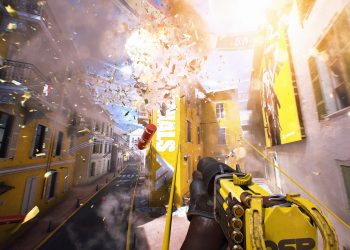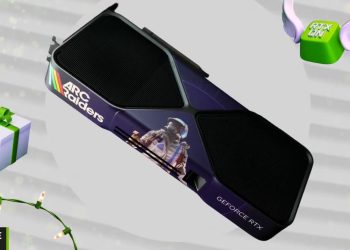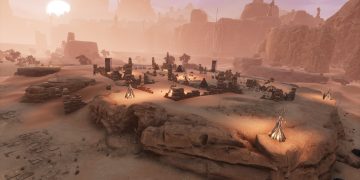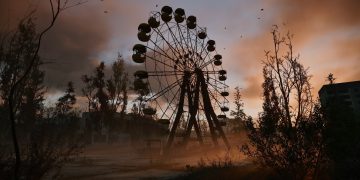The machines in ARC Raiders are meant to be a real danger, not walk-on targets, and that was the message from executive producer Aleksander Grøndal in a recent interview with Dot Esports about enemy balance and the game’s future. The team built ARCs to force players to think, pick the right tools, and avoid getting caught out in the open. Grøndal said the developer aimed to keep ARCs threatening while still letting players counter them through progression. Starter players have limited options early on, but as you unlock better shields, weapons, and tools, you should be able to handle bigger encounters more reliably. The preview allowed some hands-on time with anti-ARC gear like the Hullcracker, and it noticeably changes how fights play out.
Balance is a moving target. Grøndal said the team felt they were striking a pretty good balance where ARCs feel threatening and force tactical play, but they will tune things if launch data shows problems. One specific issue from tests was an overpowered drone vision during the Server Slam, which the team addressed alongside other bug fixes. Maps and conditions matter too. Certain maps and modifiers have more ARC presence, night raids, electromagnetic storms, and the new Blue Gate map are built to increase ARC encounters, so difficulty will vary depending on where and when you raid. That design choice is meant to make some runs feel riskier and more rewarding.
Grøndal also suggested players have not yet seen the full range of ARC types, saying both smaller and larger machines are planned beyond what appeared in public tests. The message was clear: ARCs will stay a core threat, but the developer will keep tuning enemy behavior and power to match player tools and feedback. We previously covered the Server Slam that hit nearly 190K concurrent players on Steam, and our play test writeup goes into how anti-ARC weapons change encounters if you want a closer look at specific tools.
If you want the short version: expect ARCs to be dangerous, expect players to get better ways to fight them, and expect tuning after launch if numbers show it’s needed. That, and yes, there may be bigger and smaller machines waiting in the wings.

